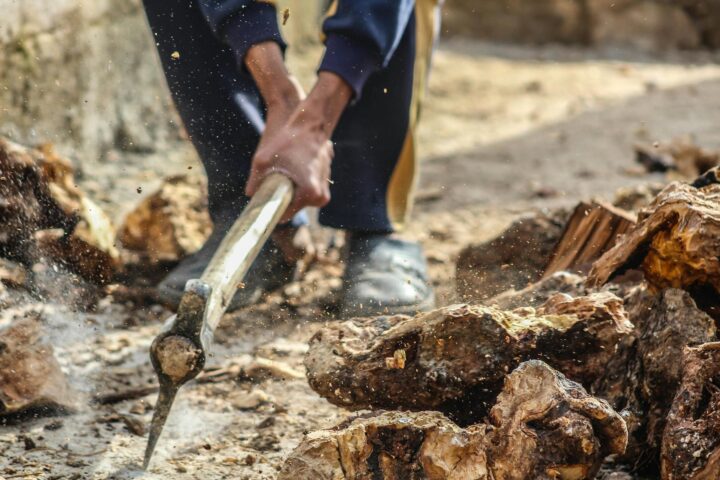-
The Economic and Ecological Benefits of Forest Restoration
Forests are one of the most important ecosystems on our planet, and they play a critical role in preserving biodiversity. Unfortunately, forests are under threat from a range of human activities, including deforestation, logging, mining, and agricultural expansion. In this article, we will explore the importance of forest protection and restoration in preserving biodiversity.
The Importance of Forests for Biodiversity
Forests are incredibly diverse ecosystems, providing habitat for a vast array of plant and animal species. Forests are home to more than 80% of the world's terrestrial biodiversity, including many species that are found nowhere else on Earth. The complex structure of forests provides a range of niches for different species, allowing them to coexist and thrive in a complex web of interactions.
Forests also play a critical role in maintaining ecosystem processes, such as nutrient cycling and water regulation. These processes are essential for the survival of many species, and their disruption can have significant impacts on biodiversity.
The Threats to Forest Biodiversity
Unfortunately, forests are under threat from a range of human activities, including deforestation, logging, mining, and agricultural expansion. Deforestation is one of the most significant threats to forest biodiversity, with an estimated 18 million acres of forest lost each year. Deforestation not only destroys habitat for a range of species, but it also disrupts ecosystem processes and contributes to climate change.
Logging and mining can also have significant impacts on forest biodiversity, as they often involve the destruction of large areas of forest and the disruption of ecosystem processes. Agricultural expansion, particularly for the production of commodities such as soy, palm oil, and cattle, is also a major threat to forest biodiversity.
The Importance of Forest Protection
Protecting forests is one of the most important strategies for preserving biodiversity. Forest protection can take many forms, including the establishment of protected areas, the implementation of sustainable forestry practices, and the enforcement of laws and regulations that prohibit destructive activities such as deforestation and logging.
Protected areas are a key tool for forest protection, providing legal recognition and protection for forests and the species that depend on them. Protected areas can also provide opportunities for research and education, as well as for sustainable tourism and recreation.
Sustainable forestry practices can also play a critical role in forest protection, by allowing for the harvesting of timber and other forest products while minimizing the impacts on biodiversity and ecosystem processes. Sustainable forestry practices can include measures such as selective logging, the establishment of buffer zones around protected areas, and the use of certification schemes that promote sustainable forest management.
The Importance of Forest Restoration
In addition to forest protection, forest restoration is also a critical strategy for preserving biodiversity. Forest restoration involves the active planting and restoration of degraded or destroyed forests, with the goal of restoring ecosystem processes and providing habitat for a range of species.
Forest restoration can take many forms, including the planting of native tree species, the establishment of agroforestry systems that combine crops with trees, and the restoration of degraded wetlands and riparian areas. Forest restoration can also provide opportunities for the restoration of cultural landscapes, and for the engagement of local communities in the conservation and management of forest resources.
Conclusion
In conclusion, protecting and restoring forests is critical for preserving biodiversity, maintaining ecosystem processes, and addressing the global challenges of climate change and sustainable development. We encourage individuals, organizations, and governments to support forest protection and restoration initiatives, and to work towards a more sustainable future for our planet. By protecting and restoring forests, we can ensure a future in which both humans and the environment can thrive.




